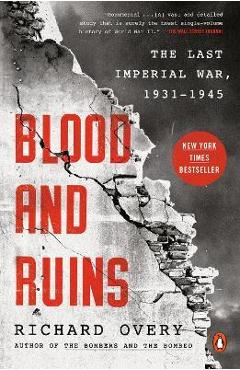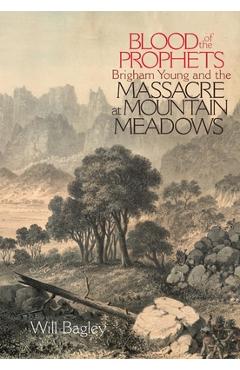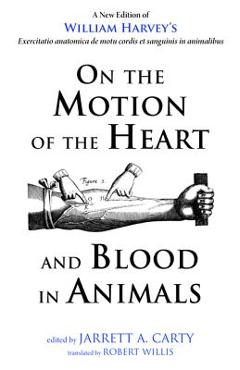The Blood and its Third Element - Antoine Bechamp

Detalii The Blood and its Third
libris.ro
98.89 Lei
123.61 Lei
Science
Antoine Bechamp
The Blood and its Third - Disponibil la libris.ro
Pe YEO găsești The Blood and its Third de la Antoine Bechamp, în categoria Science.
Indiferent de nevoile tale, The Blood and its Third Element - Antoine Bechamp din categoria Science îți poate aduce un echilibru perfect între calitate și preț, cu avantaje practice și moderne.
Preț: 98.89 Lei
Caracteristicile produsului The Blood and its Third
Comandă The Blood and its Third Online, Simplu și Rapid
Prin intermediul platformei YEO, poți comanda The Blood and its Third de la libris.ro rapid și în siguranță. Bucură-te de o experiență de cumpărături online optimizată și descoperă cele mai bune oferte actualizate constant.
Descriere magazin:
What Dr. Béchamp is describing is a foundational concept. According to his experiments and observations, these tiny particles he named \'microzymas\' have an active role in sustaining and also in terminating life. Using the syllable \'-zyme\' (now also used in the word \'enzyme\') to indicate this principle of causing \'fermentation\' (activity) Béchamp searched for and found the same particles and activity even in limestone, apparently from the ancient shelled creatures whose bodies were incorporated into the stone. They still retained their activity. The only factor that stopped these particles was heat. As Dr. Béchamp expressed it, Life is the prey of life i.e. as the organizing life-principle of a complex body ceases to operate, the microzymas take up their role of breaking it down and returning its elements to nature to be taken up by other life forms. Unfortunately Pasteur first tried to steal Béchamp\'s work, then when he objected, Pasteur set out to use his political clout to destroy the career and reputation of the great French doctor. This is why we don\'t hear much about this alternative school of science. A complete history of this scientific and political conflict was written early in the 20th century, by a woman doing meticulous research into the historical records of the French Academy of Science. Please see Bechamp or Pasteur?: A Lost Chapter in the History of Biology by Ethel Hume. Her book is another must-read for grasping the significance of this concept and why certain interests wanted it deleted from the scientific record. The same discovery of tiny active particles was repeated in the 20th century, first by Royal Rife using a very complex microscope to observe the particles changing into four different types. Later, working independently and with a different powerful microscope of his own invention, the French scientist Gaston Naessens observed these particles morph into sixteen different forms including bacterial and fungal. The significance of this is that what we think of as pathogens are not necessarily \'infectious\' (or \'exogenous\', or from outside), but can be \'endogenous\' (from within). Christopher Bird\'s detailed account of this concept which has been named pleomorphism - and which is still being attacked by the chemical-based medical authorities - is in his very instructive book The Persecution and Trial of Gaston Naessens: The True Story of the Efforts to Suppress an Alternative Treatment for Cancer, AIDS, and Other Immunologically

Produse asemănătoare

Blood and Ruins: The Last Imperial War, 1931-1945 - Richard Overy
![]() libris.ro
libris.ro
Actualizat in 28/10/2025
178.56 Lei

The Blood Sugar Solution 10-Day Detox Diet: Activate Your Body\'s Natural Ability to Burn Fat and Lose Weight Fast - Mark Hyman
![]() libris.ro
libris.ro
Actualizat in 28/10/2025
167.4 Lei

Of Blood and Bone: Chronicles of the One, Book 2 - Nora Roberts
![]() libris.ro
libris.ro
Actualizat in 28/10/2025
55.02 Lei

Blood in the Water: The Attica Prison Uprising of 1971 and Its Legacy - Heather Ann Thompson
![]() libris.ro
libris.ro
Actualizat in 28/10/2025
122.76 Lei

Blood of the Prophets: Brigham Young and the Massacre at Mountain Meadows - Will Bagley
![]() libris.ro
libris.ro
Actualizat in 28/10/2025
195.02 Lei

On the Motion of the Heart and Blood in Animals - William Harvey
![]() libris.ro
libris.ro
Actualizat in 28/10/2025
106.02 Lei